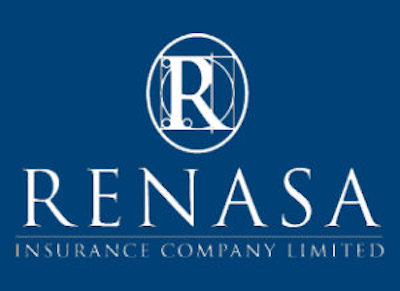
There is hardly a forum which does not include discussions about drone applications and how these are replacing dull, dirty and dangerous jobs.
In addition, the effectiveness of drone applications to enhance industry offerings does not go amiss. This is where some of the most interesting applications come in. In this article we discuss how General Insurers are using drones to their advantage.
UAV Aerial Works’ MD, Bertus van Zyl recently commented on how much industry buzz there is about risk managers, loss adjusters and insurers using Unmanned Aerial Vehicles (UAV’s), otherwise known as drones. This is in their quest to enhance risk assessment for underwriting purposes, investigations at claims stage and catastrophe losses, among others.
Assessing the Risk
Traditionally risk managers used old school methods to measure the potential risk of future claims at underwriting stage. For commercial policies for example, this would include reviewing an organisation’s safety practices and records, insurance claims history, overall health of the business, type of business and the state of the physical property they operate from. Risk specialists would review all elements objectively and subjectively. This would involve site inspections, meetings with management, as well as observing parts of the operations on site and taking photographs or video recording for reference. All of this could take days of manual review and capture, not to mention vast distances that often have to be covered on foot.
Enter Drones…
Now imagine enhancing those processes with an aerial view of the premises. Specific focus can be put on parts of a large sophisticated and hazardous plant. This would include points of interest, 3D models and close up Orthomosaic images which are scaled and geographically corrected.
Practically, drones are the vehicles which carry the sensor collecting data. Specific software is used to translate that data into efficient and easily accessible information. And this is where the insurance industry is benefiting exponentially.
This data is obtained through the deployment of a certified and insured drone operator. The efficiency and accuracy with which the data is obtained and shared is ground-breaking. Depending on the complexity of the client site, this would in most instances save significant person hours and ultimately costs.
Managing the Risk
The real benefit is realised when observations are made once the aerial footage is reviewed. Understanding potential risks which include but not limited to, the state of roof structures including pin-point accuracy of roof and building deterioration, security risks, potential hazards, slope analysis to determine potential risks in the case of spills or even risks posed by hazards in neighbouring properties. In addition, thermal imaging can identify hidden hot spots. This allows for accurate underwriting and client management. Most importantly, the client has the opportunity to mitigate those risks, the policy adjusted accordingly and the premium right sized.
According to Gabrie Cillié, an actuary and CEO of underwriting manager Insuremed, drones support more accurate actuarial risk assessment and therefore sharper pricing to give customers a better value proposition. He goes on to say, “Apart from the improvement in risk assessments, losses as a result of fraud are reduced through the availability of more accurate, high definition visuals of insured risks.” The ROI of drones can be significant, as illustrated by a case in France, where an insurer used drone images to repudiate a €99m property claim caused by a fire that unknowingly started on a neighbouring property.
Data is King
Real-time data at underwriting stage is beneficial in itself, however now the insurer can add data collected by drones to manage the client portfolio. For clients who insure large inventories or stockpiles, drones are deployed – using aerial footage, volumetric measurements, asset counts and time-spaced comparisons are produced. Similarly, in the case of claims, footage and images can be compared in a before and after scenario which will result in more accurate loss adjusting.
Likewise, time-efficiency and accuracy are highlighted again in having a 360-degree birds’ eye view of a larger scale claim event or disaster site. Think large scale claim events like recent floods in KZN and Centurion. Drone crews can be deployed at short notice and can assess sites from safety, with real time data provided to loss adjusters for claims assessment and proactive client response.
The volumes of additional data collected through drone imagery is significant. This adds to enriching existing data sets to improve big data analytic capabilities through the use of machine learning algorithms.
“It’s not who has the best algorithm that wins. It’s who has the most data”. – Andrew Ng, machine learning expert, professor of Stanford and co-founder of Coursera.
In Conclusion
Peter Olyott, CEO of Indwe, says, “Drones provide the entire insurance value chain with an innovative way to grow , to select risks more accurately and to add to the growing importance of data analytics in order to keep and/or create competitive advantages in an increasingly competitive and disrupted environment. We have entered into the Drone Insurance space with our partners UAV Aerial Works with an explicit intent to make this service available to the entire insurance industry in Africa”.
That is most certainly the case. The use of drones in the insurance industry will continue to grow with adoption in the commercial space increasing. There are already successful drone projects being delivered to large risk managers. However, there are also talks of using drones for rapid response to accident scenes for example. “That will most likely still take a while to implement successfully, although the idea is valid”, van Zyl said. “Regulations still require permissions, and considerations of drone operations in controlled airspace and safety are of paramount importance.”
In conclusion, now that you have more insight into how the insurance sector is using drones to its advantage, if you are a risk manager or insurer and not yet considering using drones, you might just be left behind by this fast-moving world where data is king.




